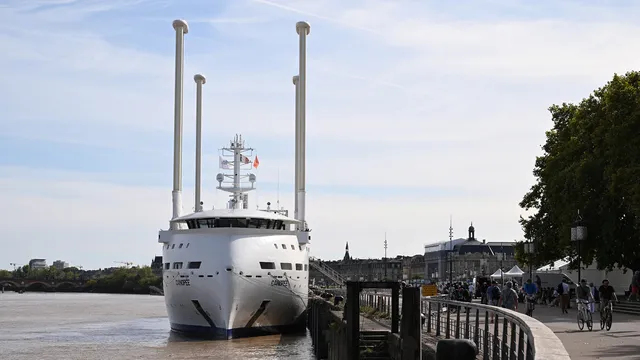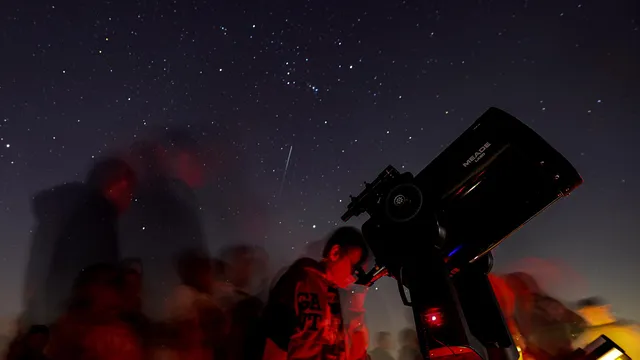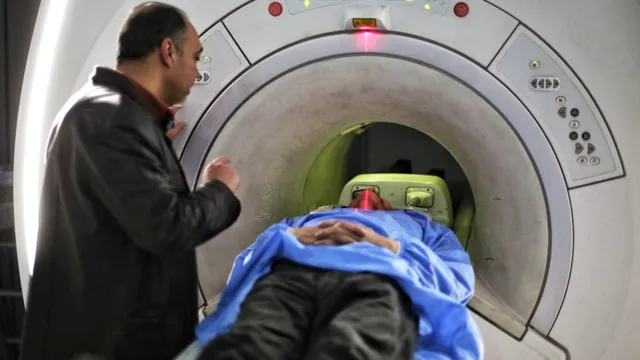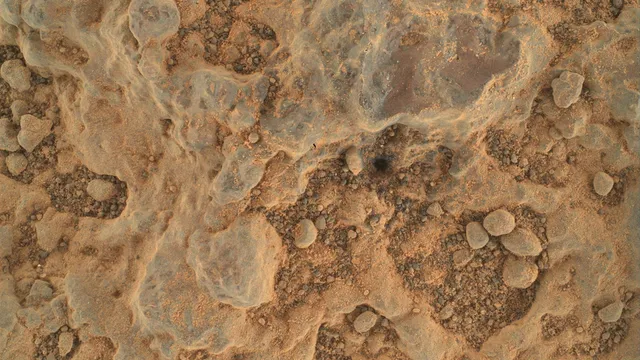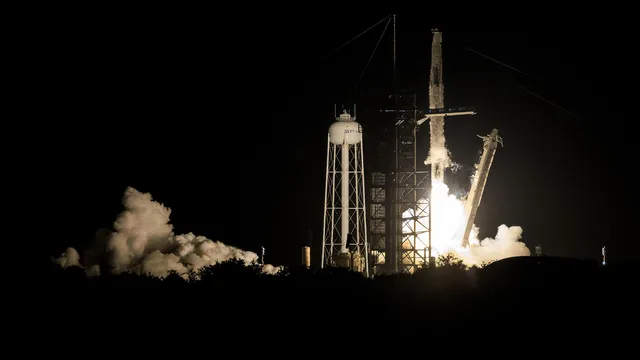A black sticky mass discovered during routine maintenance on the research vessel R/V Blue Heron turned out to be not just an unusual contaminant, but a completely new form of life previously unknown to science, Popular Mechanics reported. The discovery was made by a team of scientists from the University of Minnesota Duluth (UMD) and the Large Lakes Observatory (LLO), after marine supervisor Doug Ricketts brought a sample of the black substance in for analysis.
The substance, found in the vessel’s rudder shaft, was dubbed “ShipGoo001” by researcher Cody Sheik, who, along with his team, determined that the mass contained active microbial species unknown to science. “The biggest surprise was that there was life in the goo at all,” Sheik commented in an official statement. “We expected to find nothing. But to our surprise, we discovered DNA that was intact, and the biomass was sufficient.”
Analyses revealed that the specific environment in the rudder shaft—warm, stable, and oxygen-free—had created perfect conditions for anaerobic archaea. One of the main questions, however, remains how such organisms ended up in a ship that sails in oxygen-rich waters like those of the Great Lakes. Sheik’s theory is that the microorganisms were likely present in the lubricant used for the rudder mechanism and had been lying dormant, waiting for suitable conditions to activate.
Amazingly, the scientists were able to reconstruct 20 genomes from the black mass. When compared with known databases, these genomes revealed that at least one represented an entirely new order in the classification of archaea, and another—potentially a new bacterial phylum. The team intends to publish the results in a peer-reviewed scientific journal and make the genomes publicly accessible.
The discovery also has practical implications. Some of the microorganisms produce methane, which could be harnessed for biofuel production. It also highlights how science often overlooks the interactions between artificial human-made structures and natural microbiology. “I’ve studied hydrothermal vents and geothermal springs, but never rudder shafts,” Sheik noted.
The black mass, named “ShipGoo001,” is becoming living proof of science’s potential when researchers are allowed to follow their natural curiosity. “Scientists rarely have time to be playful—we’re constantly focused on projects and deadlines,” Sheik said. “But this discovery shows why it’s important to create space for exploratory freedom.” |BGNES

 Breaking news
Breaking news
 Europe
Europe
 Bulgaria
Bulgaria
